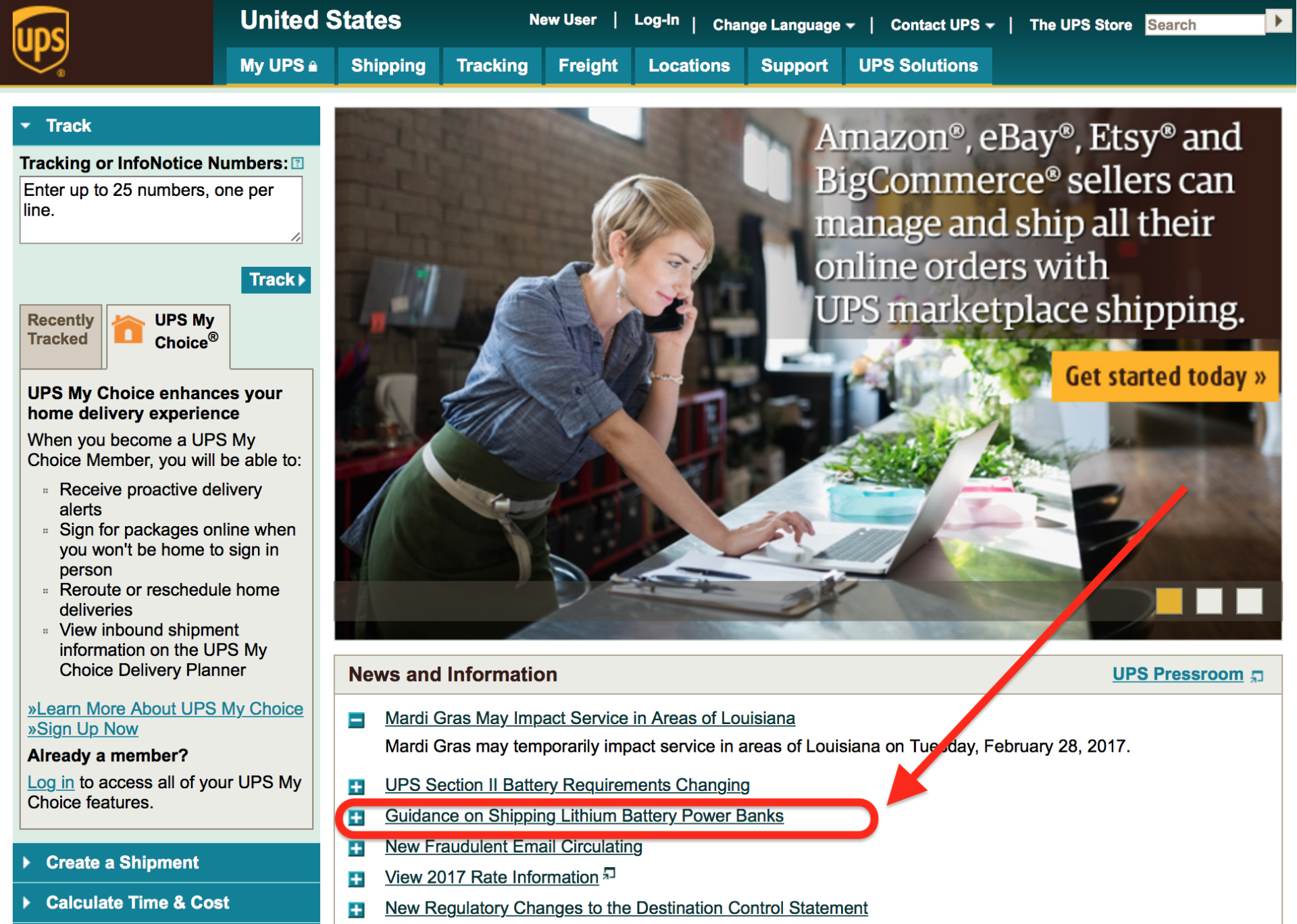5 quick web page fixes any blogger can make
Do you include subheads in your content? How about CTA buttons? Columnist Drew Eastmead outlines five best practices to keep in mind when you're adding content to your company’s website or blog.

It may take a writer several hours to create a content piece, and too often, we see that the same writer or editor rushes through the final portion — inputting the content into your CMS, such as WordPress, and hitting “publish.”
That hasty approach — and the repetitive nature of creating new pages or blog posts — leads to sloppy work, which can drastically reduce the chances of your content being successful.
I’ve seen it on almost every website I diagnose — there are crucial, but easy, elements that a non-web developer can add to their toolbox to make them a more effective content marketer.
These are the top five easy fixes and best web practices that are commonly overlooked by those who add content to their company’s website or blog.
1. Add H2s or subheads within your post
The bold subhead you just read above is coded as <H2>. It’s a simple designation that signifies to Google that this is an important component of this page.
While it isn’t as critical and all-encompassing as my <H1> headline, you’re telling Google’s spiders to use the H2 as a stepping stone toward understanding the context of your page.
This is easily the most consistently missed opportunity I see across websites in all industries. Their blog posts are simply walls of text with plain-looking paragraphs. By not using subheads, you’re telling Google that essentially everything under your <H1> is of equal importance.
Adding H2s (and H3s) accomplishes many things:
- H2s provide context to a reader, so they can quickly scan a piece of content.
- Subheads make your piece visually more appealing by adding white space.
- Most importantly, H2s are a valuable search engine optimization (SEO) tool that can help your content rank for keywords that aren’t necessarily in your <H1> headline.
Here’s how to label a subhead as an H2 in WordPress. Highlight your text and find the drop-down menu in the toolbar:
2. Promote your new content on your website’s home page or section pages
Do your blog posts live on their own island? Usually, there are five ways you can find a new piece of content on a website:
- External marketing (social media, email, etc.)
- Organic search (through Google or Bing)
- Internal search on your website
- Clicking directly to the page, section or blog where the content now lives
- Clicking on a module or image that promotes the new content piece
The fifth way is an underutilized method of making your content more visible. Depending on your website setup, your new content may automatically be highlighted in a “Latest Posts” or “From the Blog” feature on your home page.
But if you have the option to manually highlight content — from your home page or a “Resources” section — don’t forget that this, too, can help draw out valuable content, whether it’s a recent piece or not.
3. Add images (or video)
Writing is tough. At the end of the writing process, you just want to get your post up and be done with it. But users only read on average 20 percent of the text on any given web page, so you have to give them something else to entice them and focus them. You need to be able to tell at least part of your story through images.
One of the best examples of this is Neil Patel’s blog. He consistently includes 20+ images in his rather epic blog posts:

Source: Neil Patel
Adding a featured header image to your blog post is table stakes at this point; it’s the bare minimum. If you want your readers to stick around and be informed, then you need to complement your content with multiple images, screen shots, tables, charts and/or videos.
4. Add internal and external links
Links are the currency of the internet. When I coach my clients, I always encourage them to include both internal and external links in their content pieces. If you don’t offer your readers anywhere to go for more information, then it’s not a genuinely helpful article.
Linking to other pages or posts on your website is a good way to help Google understand your website, and it can improve your bounce rate and time on site. And remember that when you link to external websites, it’s best practice to open those links in a new window.
5. Add a call-to-action button
This happens — All. The. Time. If someone has made it halfway through your article — or even all the way to the bottom — you’ve done a good job as a content producer. Now it’s time to offer them a next step. What do you want them to do?
- Read another, related blog post or e-book
- Visit a product page
- Sign up for your e-newsletter
- Fill out a lead form
- Purchase a product or service
Pick only one action you want the reader to take, and promote it. Make the button clear and the offer compelling by focusing on the benefits to the user. You can do better than “Learn more” or “Buy now.” The vast majority of blog posts miss this opportunity, and — irony intended — abruptly end.
Opinions expressed in this article are those of the guest author and not necessarily MarTech. Staff authors are listed here.
Related stories

